Each time a laser pulse actuates the cis-trans isomerization of a single carbon-carbon double bond, a single-molecule nanosubmarine made of 244 atoms is driven forward 9 nm against Brownian diffusion.
Single-molecule light-driven nanosubmarine
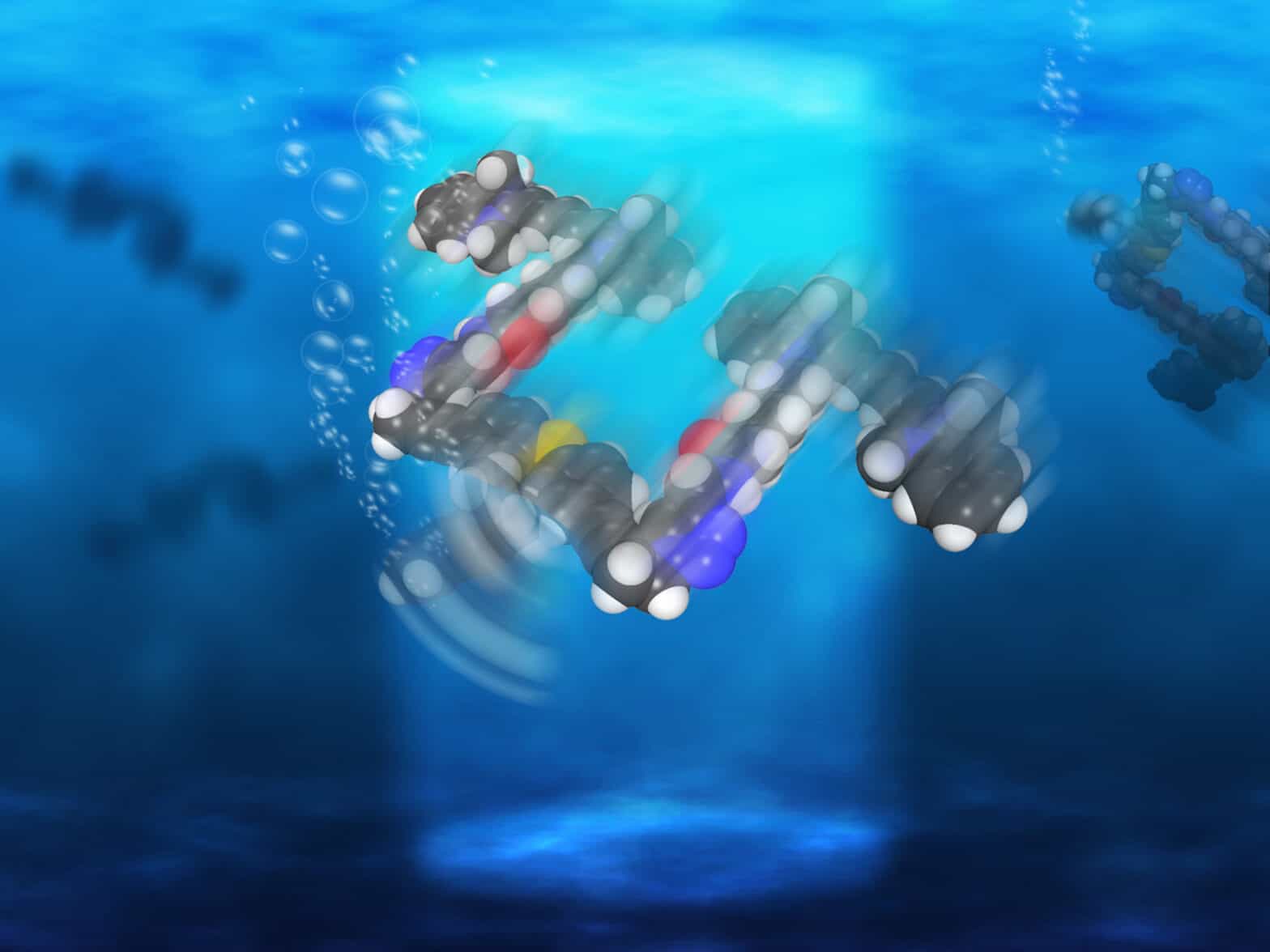

Each time a laser pulse actuates the cis-trans isomerization of a single carbon-carbon double bond, a single-molecule nanosubmarine made of 244 atoms is driven forward 9 nm against Brownian diffusion.
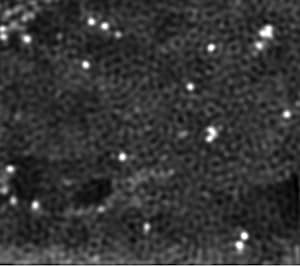
Single cobalt atoms have been positioned in nitrogen-doped graphene to catalytically produce hydrogen from water almost as effectively as using vastly more expensive platinum catalysts.
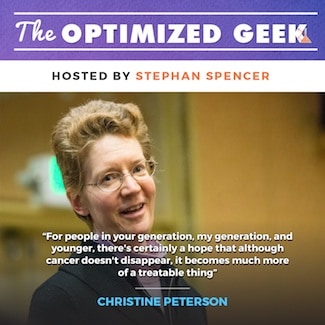
Optimized Geek podcast featured Christine Peterson on the future of nanotechnology, human lifespan, artificial intelligence, finding love, and other topics.
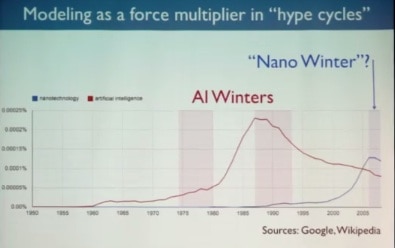
Dr. Alex Wissner-Gross surveyed the interplay between programmability of bits and atoms in the development of technology, asking how the recent successes with programming bits can help nanotechnology progress in programming atoms.

Simple molecular switches based upon bistable mechanically interlocked molecules can be incorporated within pre-assembled metal organic frameworks and addressed electrochemically.
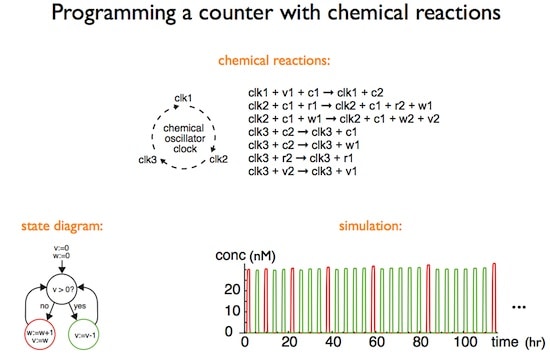
Modeling DNA strand displacement cascades according to three simple rules can in principle mimic the temporal dynamics of any other chemical system, presenting a method to model regulatory networks even more complicated than those of biology.
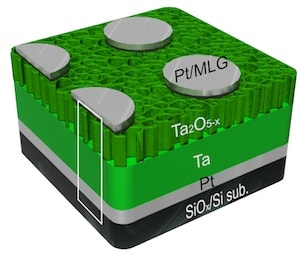
A novel nanostructured material based on tantalum oxide could make possible non-volatile crossbar array memories that store up to 162 gigabits in 3-D memory stacks.
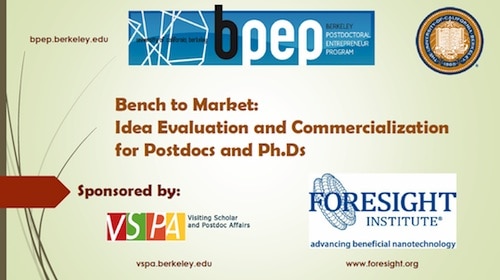
To educate potential entrepreneurs on strategies for moving discoveries from the benchtop to successful commercialization, Foresight co-sponsored an event in the “Ph.D. to Startup” Workshop Series of the Berkeley Postdoc Entrepreneur Program.
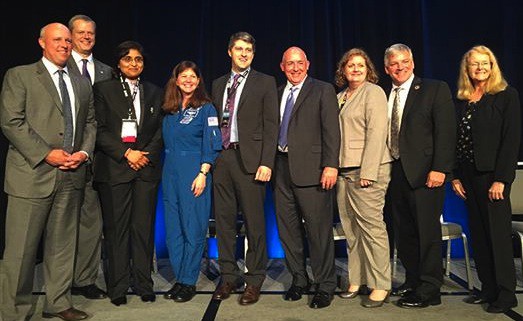
Technology developed by Nanobiosym, founded by Anita Goel, to enable personalized diagnostic testing won the Grand Prize of the Nokia Sensing XCHALLENGE in 2013, and this month was awarded the top prize in the Galactic Grant Competition.
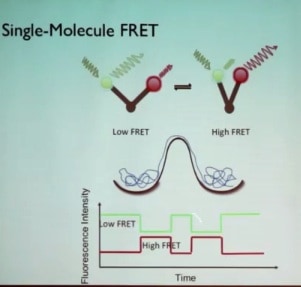
At the 2013 Conference Joseph Puglisi described how single molecule fluorescence techniques were used to study changes in the conformation and composition of the ribosome, a large biomolecular nanomachine, during the process of translation of genetic information.